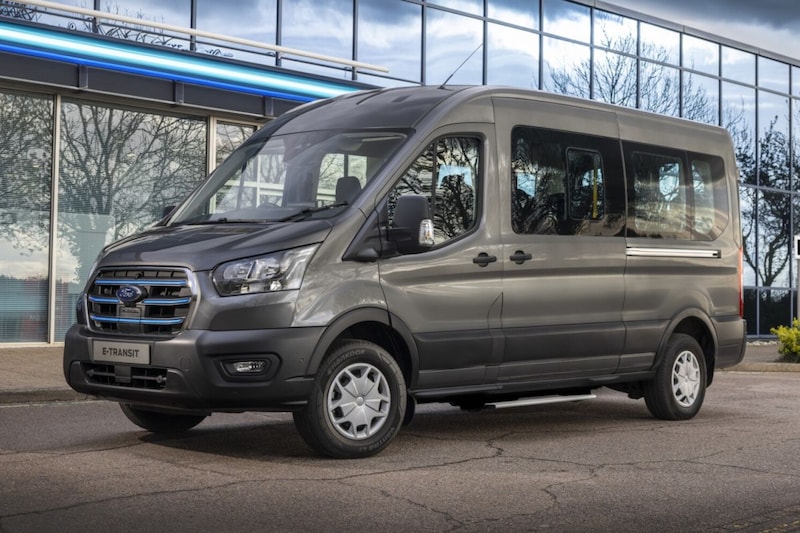Charge faster and drive further

The electric Ford E-Transit should become a lot more usable thanks to a technical refresher. The charging speed and range are improving.
Ford’s largest van, simply called Transit without further additions, was also presented with a fully electric powertrain at the end of 2020. That delivery vehicle called Ford E-Transit came our way a year later. It competed with, for example, the Peugeot e-Boxer and Renault Master E-Tech Electric, but they have now been radically renewed or even started a completely new generation. This puts the E-Transit at a considerable disadvantage in terms of driving range, but Ford is now correcting that somewhat.
While the Peugeot e-Boxer (and its Stellantis brothers) can now travel up to 420 km with a full, 110 kWh battery and the new Renault Master E-Tech Electric even reaches 460 km from an 87 kWh battery, the updated Ford E-Transit with a new 89 kWh battery up to 402 km. It still has a smaller driving range than those competitors, but it is at least somewhat more efficient than the Stellantis buses. Ford has also improved the charging capacities: AC charging is now also possible with 22 kW instead of only 11 kW, DC fast charging is now possible with a maximum of 180 kW instead of 115 kW. In terms of fast charging capacity, it surpasses both of the aforementioned competitors, which go up to 150 kW. The battery of the Ford E-Transit can be charged from 10 to 80 percent in 28 minutes.
Ford will open the order books for the updated Ford E-Transit later this year.
– Thanks for information from Autoweek.nl